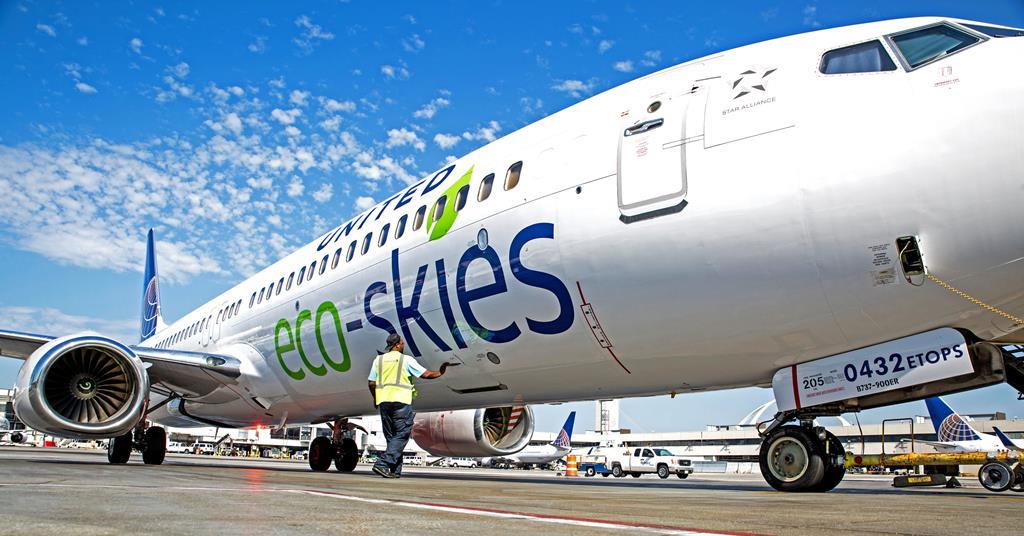Sustainable Skies Act will help aviation industry expand deployment of sustainable aviation fuel.
- Sustainable Skies Act introduced by Reps. Brad Schneider, Dan Kildee and Julia Brownley
- Goal of eliminating net carbon emissions by 2050 builds on the U.S. airline industry’s strong record of sustainability
- The legislation would establish a blender’s tax credit for sustainable aviation fuel
Airlines for America (A4A), the industry trade organization representing the leading U.S. airlines, applauds the introduction of the Sustainable Skies Act by Reps. Brad Schneider (IL), Dan Kildee (MI) and Julia Brownley (CA). The legislation would establish a blender’s tax credit for sustainable aviation fuel (SAF), which will spur the production of SAF and help the U.S. airline industry reach its goal of eliminating net carbon emissions by 2050 while also supporting U.S. jobs and energy security.
“A4A’s goal of eliminating net carbon emissions by 2050 builds on the U.S. airline industry’s strong record of sustainability. The Sustainable Skies Act would go a long way toward improving the cost-competitiveness of sustainable aviation fuel, which is crucial to rapidly expanding its deployment by U.S. carriers,” said Airlines for America President and CEO Nicholas E. Calio. “The U.S. airline industry has set an ambitious mid-term goal of making 2 billion gallons of SAF available for U.S. carriers to use in 2030, and supportive measures like the Sustainable Skies Act will enable us to achieve that goal.”
SAF currently results in up to 80 percent less carbon emissions than conventional jet fuel, but it costs three to times as much and is currently only available in limited quantities. The Sustainable Skies Act calls for a performance-based $1.50 – $2 per gallon blender’s tax credit for SAF, which will encourage producers to make more of it and enable U.S. airlines to use more of it. The credit will increase from $1.50 per gallon by one cent for each additional percentage of lifecycle greenhouse gas emissions savings demonstrated above 50 percent, further incentivizing the development and deployment of SAF providing higher emissions reductions.
Prior to the COVID-19 crisis, U.S. airlines were transporting a record 2.5 million passengers and 58,000 tons of cargo per day while contributing less than 2 percent of the nation’s carbon emissions. For decades, U.S. passenger and cargo carriers have been investing in increasingly fuel-efficient aircraft and operating them in more efficient ways, improving overall fuel efficiency by more than 135 percent since 1978 and 40 percent just since 2000.




